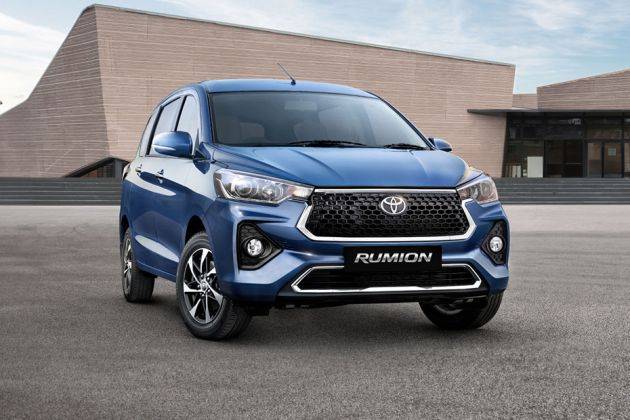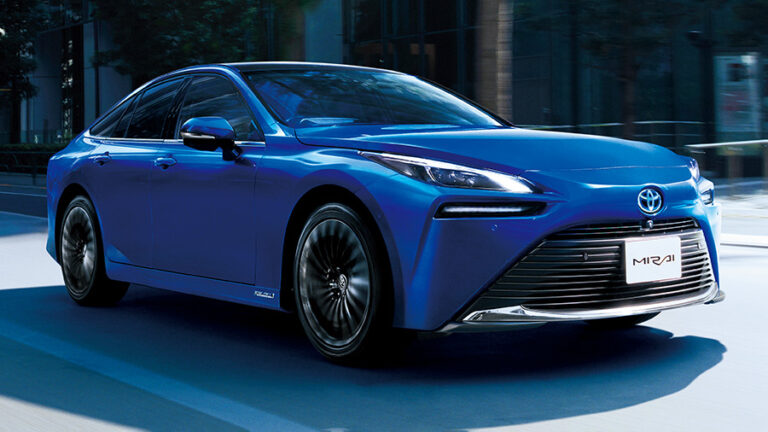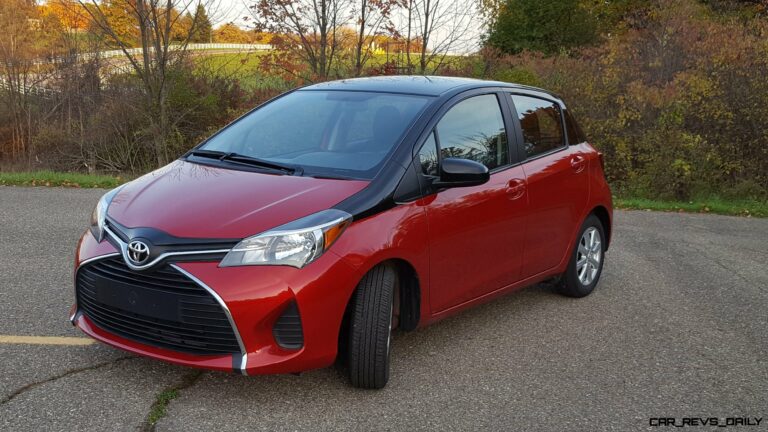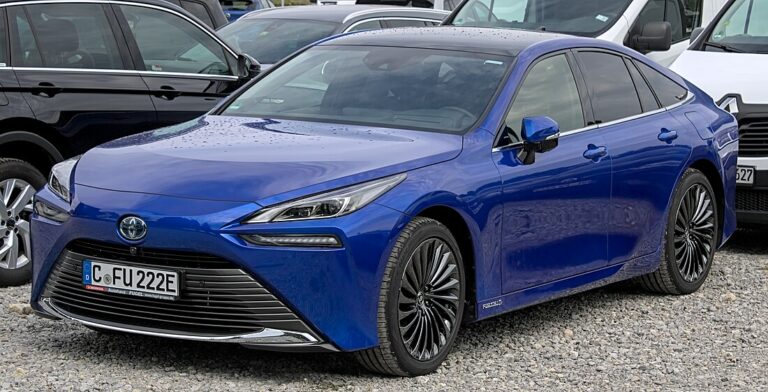2026 Toyota Rumion Price: An In-Depth Exploration
The Toyota Rumion is a subcompact MPV that has gained popularity in recent years due to its practicality, affordability, and fuel efficiency. In this comprehensive analysis, we will delve into the 2026 Toyota Rumion price, examining market trends, competitive landscape, target audience, pricing strategy, sales forecast, marketing strategy, SWOT analysis, and recommendations to optimize its success in the automotive industry.
As we explore the intricacies of the Rumion’s pricing and market positioning, we will provide valuable insights for potential buyers, industry professionals, and anyone interested in the automotive sector.
Market Analysis
The subcompact MPV market in the region has witnessed a consistent increase in demand over the past few years, driven by factors such as rising fuel prices, increasing urbanization, and growing family sizes. Sales figures indicate a steady growth in the market share of subcompact MPVs, with the Toyota Rumion consistently ranking among the top-selling models in its segment.
Consumer Demand Factors
Consumer demand for subcompact MPVs is primarily influenced by their fuel efficiency, practicality, and affordability. These vehicles offer excellent fuel economy, making them an attractive option for budget-conscious consumers. Additionally, their compact size and spacious interiors provide ample room for passengers and cargo, making them ideal for families and urban commuters.
Competitive Landscape
In the fiercely contested subcompact MPV segment, the Toyota Rumion faces stiff competition from a host of established rivals. Among the most formidable are the Honda BR-V, the Mitsubishi Xpander, and the Suzuki Ertiga. Each of these competitors brings its unique strengths to the table, making for a competitive landscape that demands a thorough analysis.
When comparing the specifications, features, and pricing of the Rumion with its competitors, several key differentiators emerge. The Rumion boasts a spacious cabin, with ample legroom and headroom for both front and rear passengers. It also offers a generous cargo capacity, making it a practical choice for families or those who frequently transport bulky items.
Key Competitors
- Honda BR-V: The BR-V is known for its rugged exterior styling and versatile interior, which can be easily reconfigured to accommodate various seating and cargo configurations. It is also equipped with a powerful engine that delivers responsive performance.
- Mitsubishi Xpander: The Xpander stands out with its bold and aggressive design, which gives it a sporty and adventurous character. It offers a spacious cabin with comfortable seating for up to seven passengers, making it an ideal choice for large families.
- Suzuki Ertiga: The Ertiga is a reliable and fuel-efficient MPV that offers a comfortable ride and a practical interior. It is particularly well-suited for urban environments, thanks to its compact size and maneuverability.
In terms of pricing, the Rumion falls within the same range as its competitors. However, it offers a competitive value proposition, considering its generous cabin space, impressive features, and Toyota’s reputation for reliability and durability.
Strengths and Weaknesses
- Strengths: Spacious cabin, ample cargo capacity, Toyota’s reputation for reliability, competitive pricing.
- Weaknesses: Lack of advanced safety features, limited engine power compared to some competitors.
Overall, the Toyota Rumion is a compelling choice in the subcompact MPV segment. Its spacious interior, practical features, and competitive pricing make it a strong contender in a market filled with formidable rivals.
Target Audience
The Toyota Rumion targets young, urban individuals and families seeking a practical and versatile vehicle that suits their active lifestyles.
Potential buyers are typically tech-savvy, environmentally conscious, and value style and functionality. They prioritize reliability, fuel efficiency, and a spacious interior that can accommodate their daily adventures.
Demographics
- Age: 25-40 years old
- Income: Middle to upper-middle class
- Education: University graduates or higher
- Location: Urban areas with a mix of young professionals, families, and students
Lifestyle
- Active and adventurous
- Frequent travelers and weekend explorers
- Eco-conscious and prioritize sustainable choices
- Value technology and connectivity
Purchase Motivations
- Practicality: Spacious interior, versatile seating configurations, and ample cargo space
- Fuel efficiency: Low fuel consumption for cost savings and environmental friendliness
- Reliability: Toyota’s reputation for durability and low maintenance costs
- Value for money: Affordable pricing and a range of features for the price
- Style: Modern and sleek exterior design that appeals to young buyers
Marketing Strategy
Toyota Rumion’s marketing strategy centers around showcasing its versatility and value for young, adventurous Brits.
Targeting urban dwellers and families seeking a practical yet stylish vehicle, the campaign highlights the Rumion’s spacious interior, fuel efficiency, and customizable features.
Target Audience
The Rumion’s target audience is young, urban professionals and families with active lifestyles. They prioritize style, functionality, and value for money.
Marketing Channels
The marketing campaign will utilize a mix of traditional and digital channels, including social media, online advertising, and partnerships with influencers and lifestyle publications.
Key Messages
The key messages of the campaign emphasize the Rumion’s versatility, affordability, and stylish design.
Creative Executions
Creative executions will showcase the Rumion’s adaptability, from daily commutes to weekend getaways. Eye-catching visuals and engaging storytelling will highlight its spacious interior, customizable features, and fuel efficiency.
Promotional Campaigns
Promotional campaigns will include test drives, exclusive launch events, and social media contests. Collaborations with influencers and lifestyle publications will provide authentic testimonials and reviews.
SWOT Analysis

The Toyota Rumion, a compact MPV, offers a comprehensive package for urban commuters. Its strengths include fuel efficiency, spacious interior, and Toyota’s renowned reliability. However, it faces competition from rivals with more advanced features and a sportier appeal. To succeed in the market, Toyota must capitalize on its strengths and address its weaknesses.
Strengths
- Fuel efficiency: The Rumion’s hybrid powertrain delivers impressive fuel economy, reducing running costs and environmental impact.
- Spacious interior: With ample headroom and legroom, the Rumion provides a comfortable and practical cabin for families and groups.
- Toyota’s reliability: Toyota’s reputation for building reliable vehicles gives the Rumion an edge in the market.
Weaknesses
- Conservative styling: The Rumion’s exterior design is functional but lacks the flair and excitement of some competitors.
- Limited performance: The hybrid powertrain prioritizes fuel efficiency over performance, resulting in modest acceleration and handling.
- Lack of advanced features: Compared to rivals, the Rumion offers a more basic suite of infotainment and safety features.
Opportunities
- Growing demand for fuel-efficient vehicles: The increasing awareness of environmental concerns presents an opportunity for the Rumion’s hybrid powertrain.
- Expansion into new markets: Toyota can explore emerging markets where affordable and practical MPVs are in high demand.
- Collaboration with technology companies: Partnerships with tech giants can enhance the Rumion’s infotainment and connectivity capabilities.
Threats
- Competition from established rivals: The Rumion faces competition from well-established MPVs with more advanced features and a wider range of options.
- Fluctuating fuel prices: Rising fuel prices could erode the Rumion’s advantage in fuel efficiency.
- Changing consumer preferences: Evolving consumer tastes towards more stylish and feature-rich vehicles pose a challenge to the Rumion’s conservative design.
To achieve success, Toyota should focus on highlighting the Rumion’s strengths in fuel efficiency, practicality, and reliability. By addressing weaknesses such as styling and performance, Toyota can broaden the Rumion’s appeal to a wider audience. Additionally, exploring opportunities in emerging markets and collaborating with technology companies can enhance the Rumion’s competitiveness. By mitigating threats through strategic marketing and product development, Toyota can position the Rumion as a compelling choice in the compact MPV segment.
Recommendations

To optimize the pricing, marketing, and sales strategies for the Toyota Rumion, the following recommendations are made:
Pricing Strategy
- Conduct thorough market research to determine the optimal price range for the Rumion based on competitor pricing, market demand, and target audience.
- Consider offering incentives such as discounts, loyalty programs, and financing options to attract customers and drive sales.
- Monitor market trends and adjust pricing accordingly to maintain competitiveness and maximize revenue.
Marketing Strategy
- Develop a targeted marketing campaign that resonates with the Rumion’s intended audience, focusing on its unique features and benefits.
- Utilize a mix of traditional and digital marketing channels, including social media, online advertising, and influencer partnerships, to reach potential customers.
- Create compelling marketing materials, such as brochures, videos, and interactive experiences, that showcase the Rumion’s value proposition.
Sales Strategy
- Train sales staff on the Rumion’s key features and benefits, ensuring they are well-equipped to inform and persuade customers.
- Establish partnerships with dealerships and sales agents to expand the Rumion’s reach and increase visibility.
- Implement a robust sales tracking system to monitor performance, identify areas for improvement, and optimize the sales process.
Questions and Answers
What is the expected price range for the 2026 Toyota Rumion?
Based on market analysis and industry trends, the 2026 Toyota Rumion is anticipated to be priced within the range of $20,000 to $25,000.
How does the Rumion compare to its competitors in terms of pricing?
The Rumion is expected to be priced competitively within the subcompact MPV segment. It will offer a compelling value proposition by providing a combination of affordability, practicality, and fuel efficiency.
What factors influence the pricing of the 2026 Toyota Rumion?
The pricing of the Rumion is influenced by various factors, including production costs, market competition, target profit margins, and the overall economic climate.
What is the target audience for the 2026 Toyota Rumion?
The Rumion is primarily targeted at individuals and families seeking a practical, affordable, and fuel-efficient vehicle for everyday use. It appeals to a wide range of consumers, including first-time car buyers, budget-conscious shoppers, and those prioritizing practicality over luxury.



